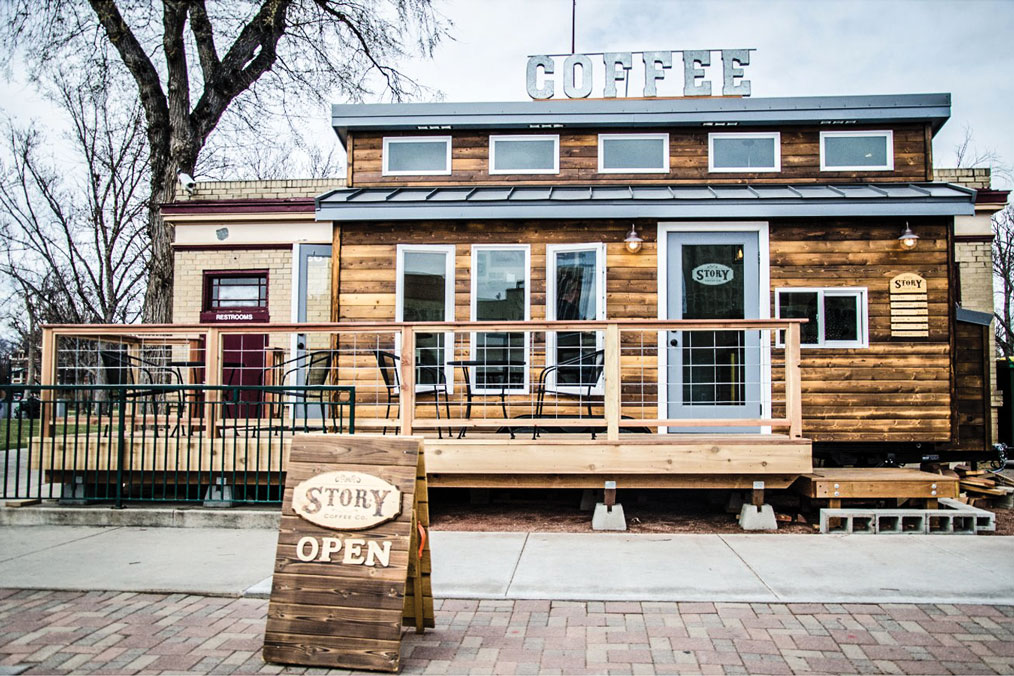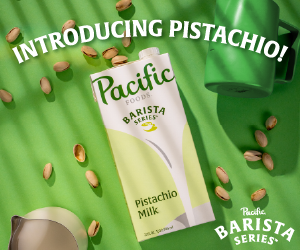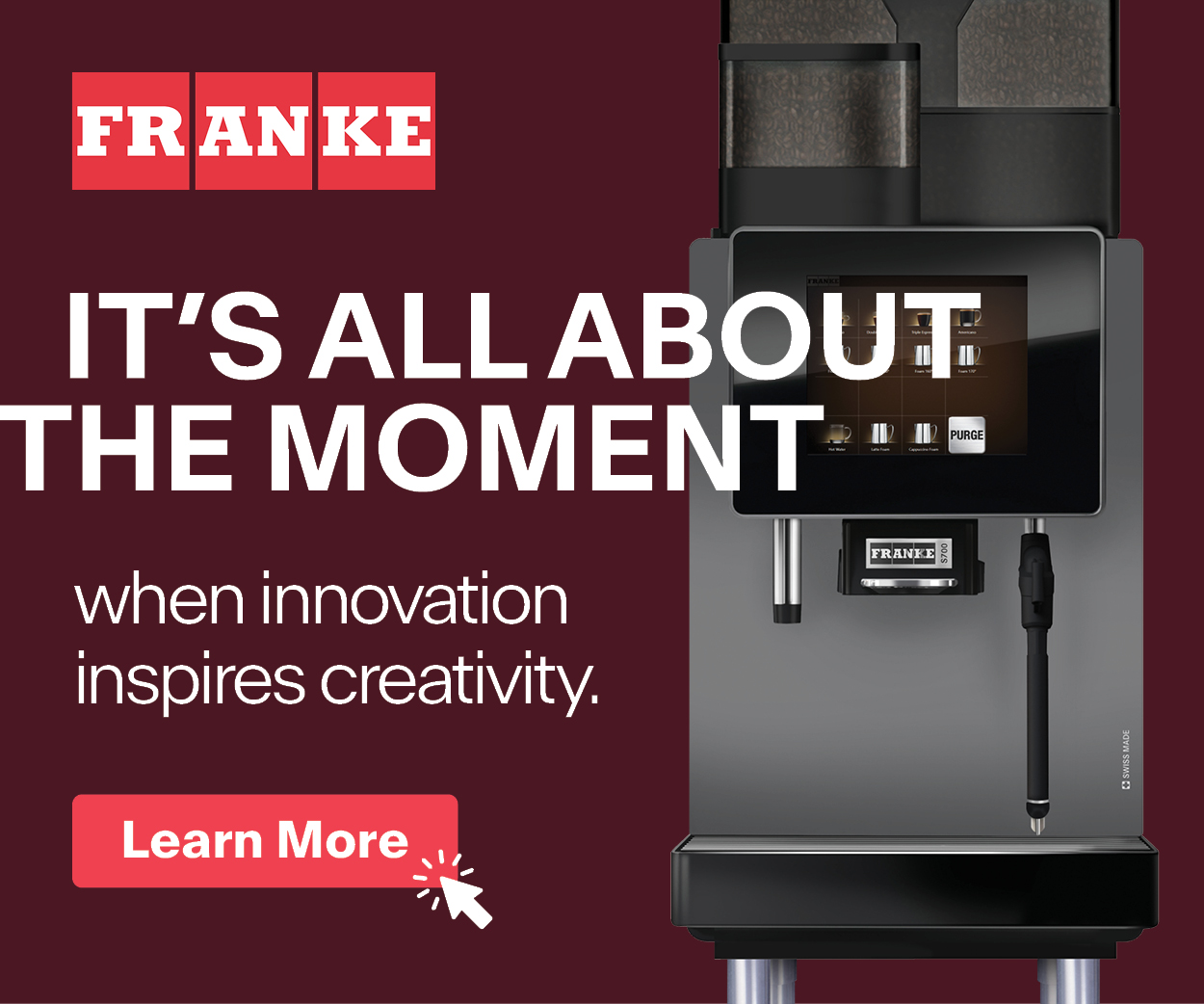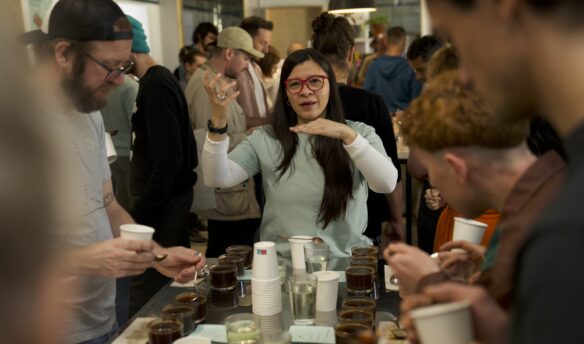This post is part of Pocket Cafés, a series examining tiny spaces transformed into bustling coffee stops.
[C]arissa and Don Niemeyer are co-owners of Story Coffee Company in Colorado Springs. Their journey into the world of miniature cafés was more intentional than most. Having run two different cafés in Portland, the couple set their sights on opening a café in Colorado, near family. They opted for an adventurous route home, putting their shop up for sale and moving their family into a 2000 Volkswagen Rialta RV (with about 100 square feet for the four of them), planning to spend a month or two touring coffee shops before they moved back. A couple months turned into two years by the time their shop finally sold, giving the Niemeyers ample time to learn a thing or two about spartan living.
“That was the key to the whole thing,” Niemeyer says. “We became accidental minimalists.” The tiny house movement was gaining popularity, and they realized it had the answer to what they were looking for in a café. Niemeyer says the idea of a small space appealed to them because of lower overhead and less need for staff.

Story Coffee Company was constructed in a tiny house that measures 8 ½ feet wide, 13 ½ feet tall, and 20 feet long—standard dimensions for tiny houses, which allows them to be pulled as a trailer. They recruited interior designer Robin Pasley to help create a shop that still felt spacious, even with only 160 square feet inside.
“When you have a limited storage space, you make decisions about what you actually need,” Niemeyer says. Story Coffee maximizes their vertical storage, a trick learned from the tiny-house community. The water heater is stored near the ceiling, while items that require ready access are organized in cubbies and shelves around the espresso bar.
The design prioritizes space and flow for customers. Doors on both sides of the trailer direct traffic toward the register, then out onto a deck with additional seating. Niemeyer also “thought vertically” when it came to indoor seating—three bar stools keep guests seated at a higher level, preventing limbs from getting in the way of customers waiting in line.
Tomorrow, we’ll wrap up our series in Portland, where we visit a freight-elevator-turned-café.
More in the series:
—Ellie Bradley is Fresh Cup‘s associate editor.
















